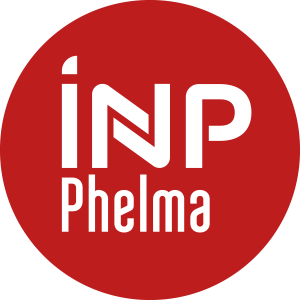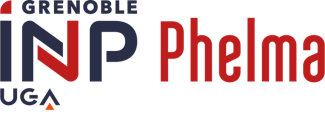Number of hours
- Lectures 0
- Projects 16.0
- Tutorials 0
- Internship 0
- Laboratory works 0
- Written tests 0
ECTS
ECTS 1.5
Goal(s)
Practical application of different material characterization techniques.
Validation of material choices with the CES software.
Content(s)
Continuation of the project, started in semester 7, in Reverse Engineering - Part 1
As a reminder, this project began with:
- In a first step, based on a very brief presentation of the product, you will draw up specifications covering all the functions that the product must satisfy to be attractive and innovating. You will introduce the main manufacturers of this product.
- The product will then be given to you to complete the second step. You will have to understand and explain how it works. You will look, through its components, for the functions that this product actually fulfils. You will then be able to compare it with the functions imagined in the first step and suggest possible improvements. You will choose one (or more) component (s) of your product that you will model by CAD.
In semester 8, this project ends with:
- In the third step, you will choose one (or more) components of your product and perform different characterizations of this or these components: mechanical, physical or physico-chemical, microstructural. You will use the CES software to look for other materials that could be used to manufacture this part (s). You will simulate their mechanical or thermal behaviour with the COMSOL software
Prerequisites
Reverse Engineering - Part 1 semester 7
Test
Report 2
Note rapport 2
Bibliography
"Matériaux : Vol. 1 : Propriétés et applications" M. F. Ashby, D.R.H. Jones. Editions DUNOD (1991).
"Pratique de l'analyse fonctionnelle", R. Tassinari, 4ème édition, Dunod (2006)



